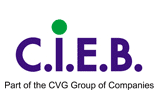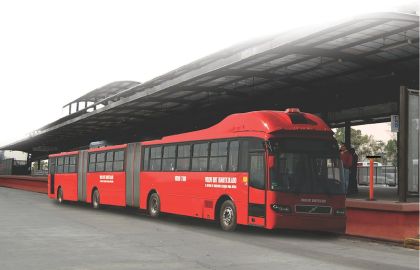
(CZ + EN) Volvo Buses obdržela první objednávku na tříčlánkovou verzi Volvo 7300 25 m pro nejdelší BRT koridor v Mexico City.(First order for Volvo’s new bi-articulated bus in Mexico.)
(CZ + EN) Volvo Buses obdržela první objednávku na tříčlánkovou verzi Volvo 7300 25 m pro nejdelší BRT koridor v Mexico City.(First order for Volvo’s new bi-articulated bus in Mexico.)
Mexico City je latinskoamerickým leaderem v investicích do vysokokapacitní BRT dopravy. V současnosti je zde nejdelší BRT koridor v délce 28.5 km spojující jižní a severní část města. Pro nejbližších pět let je v plánu 11 BRT linek s pokrytím trasy 240 km.
První linka využívá 135 kloubových autobusů, z toho 92 značky Volvo. Ve spojení s novým osobním vlakovým systémem navazujícím na BRT systém narostl počet cestujících ve špičce o 30 %. K pokrytí nárůstu dopravce objednal 12 dvoukloubových autobusů od Volvo.
Dvoukloubové Volvo 7300 představené na začátku roku je 25 m dlouhé a může pojmout 240 cestujících. Autobus je postaven na podvozcích B12MA s horizontálním 12l motorem ve střední části autobusu. Výška podlahy je přizpůsobena BRT zastávkám tak, aby byla jednoduchá výměna cestujících.
Motor splňuje emisní limity EURO 4 - SCR.
Autobusy budou dodány v srpnu, podvozky budou vyrobeny v brazilském závodě Volvo v Curitibě a karosérie v závodě Volvo nedaleko Mexico City. K dodávce 12 dvoukloubových patří ještě dodávka na 43 kloubových autobusů Volvo 7300. Ty budou dodány ve 2. polovině roku 2008.
Mexico City is at the forefront in Latin America with regard to investment in environmentally sound transportation. The investments include the efficient bus-based transport system, BRT, and a transition to low-sulfur fuels.
Today, Mexico City has the world’s longest BRT corridor, 28.5 kilometers, which connects the southern and northern section of the city. Eleven BRT lines are planned for the next five-year period covering a total of 240 kilometers.
The first line through the city currently uses 135 articulated buses, of which 92 are Volvo buses. In conjunction with a new commuter train system connecting to the BRT system, the number of passengers will rise 30% during rush hour. This is substantially higher than the BRT system can handle with today’s capacity. To meet this increase, the operator has ordered 12 bi-articulated buses from Volvo.
The Volvo 7300 Bi-artic model, which was launched at the beginning of the year, is 25 meters in length and can carry 240 passengers. The bus is built on a B12MA chassis with a horizontal 12-liter engine in the mid-section of the bus, which has a high floor throughout the entire bus. The floor height is adapted to the raised bus stops in the BRT system so that it is easy for the passengers to get on and off.
The engine to the new bi-articulated bus meets the stringent emission standard in accordance with Euro IV that is now also being implemented in Mexico. Compared with the current levels, the emission of sulfur particulates is reduced 70% and nitrous oxides by 30%. Volvo Buses has also chosen in Mexico to use SCR technology to meet the new emissions standard, among other reasons because the technology contributes to lower fuel consumption.
The bi-articulated buses will be delivered in August. The chassis will be built in Volvo’s plant in Curitiba, Brazil, while the bodies will be built at Volvo Bus’s plant outside Mexico City. In addition to the order for 12 bi-articulated buses, Volvo has received an order for 43 articulated buses, the Volvo 7300 Articulated, in Mexico City. These will be delivered during the second half of 2008.
První linka využívá 135 kloubových autobusů, z toho 92 značky Volvo. Ve spojení s novým osobním vlakovým systémem navazujícím na BRT systém narostl počet cestujících ve špičce o 30 %. K pokrytí nárůstu dopravce objednal 12 dvoukloubových autobusů od Volvo.
Dvoukloubové Volvo 7300 představené na začátku roku je 25 m dlouhé a může pojmout 240 cestujících. Autobus je postaven na podvozcích B12MA s horizontálním 12l motorem ve střední části autobusu. Výška podlahy je přizpůsobena BRT zastávkám tak, aby byla jednoduchá výměna cestujících.
Motor splňuje emisní limity EURO 4 - SCR.
Autobusy budou dodány v srpnu, podvozky budou vyrobeny v brazilském závodě Volvo v Curitibě a karosérie v závodě Volvo nedaleko Mexico City. K dodávce 12 dvoukloubových patří ještě dodávka na 43 kloubových autobusů Volvo 7300. Ty budou dodány ve 2. polovině roku 2008.
TZ, Volvo Bus Corporation, May 27, 2008. Překlad BUSportál, kompletní v angličtině.
First order for Volvo’s new bi-articulated bus in Mexico
Volvo Buses has received its first order for the new bi-articulated version of the Volvo 7300 in Mexico. The buses will traffic the world’s longest BRT corridor in Mexico City.Mexico City is at the forefront in Latin America with regard to investment in environmentally sound transportation. The investments include the efficient bus-based transport system, BRT, and a transition to low-sulfur fuels.
Today, Mexico City has the world’s longest BRT corridor, 28.5 kilometers, which connects the southern and northern section of the city. Eleven BRT lines are planned for the next five-year period covering a total of 240 kilometers.
The first line through the city currently uses 135 articulated buses, of which 92 are Volvo buses. In conjunction with a new commuter train system connecting to the BRT system, the number of passengers will rise 30% during rush hour. This is substantially higher than the BRT system can handle with today’s capacity. To meet this increase, the operator has ordered 12 bi-articulated buses from Volvo.
The Volvo 7300 Bi-artic model, which was launched at the beginning of the year, is 25 meters in length and can carry 240 passengers. The bus is built on a B12MA chassis with a horizontal 12-liter engine in the mid-section of the bus, which has a high floor throughout the entire bus. The floor height is adapted to the raised bus stops in the BRT system so that it is easy for the passengers to get on and off.
The engine to the new bi-articulated bus meets the stringent emission standard in accordance with Euro IV that is now also being implemented in Mexico. Compared with the current levels, the emission of sulfur particulates is reduced 70% and nitrous oxides by 30%. Volvo Buses has also chosen in Mexico to use SCR technology to meet the new emissions standard, among other reasons because the technology contributes to lower fuel consumption.
The bi-articulated buses will be delivered in August. The chassis will be built in Volvo’s plant in Curitiba, Brazil, while the bodies will be built at Volvo Bus’s plant outside Mexico City. In addition to the order for 12 bi-articulated buses, Volvo has received an order for 43 articulated buses, the Volvo 7300 Articulated, in Mexico City. These will be delivered during the second half of 2008.
Press Information, Volvo Bus Corporation, May 27, 2008




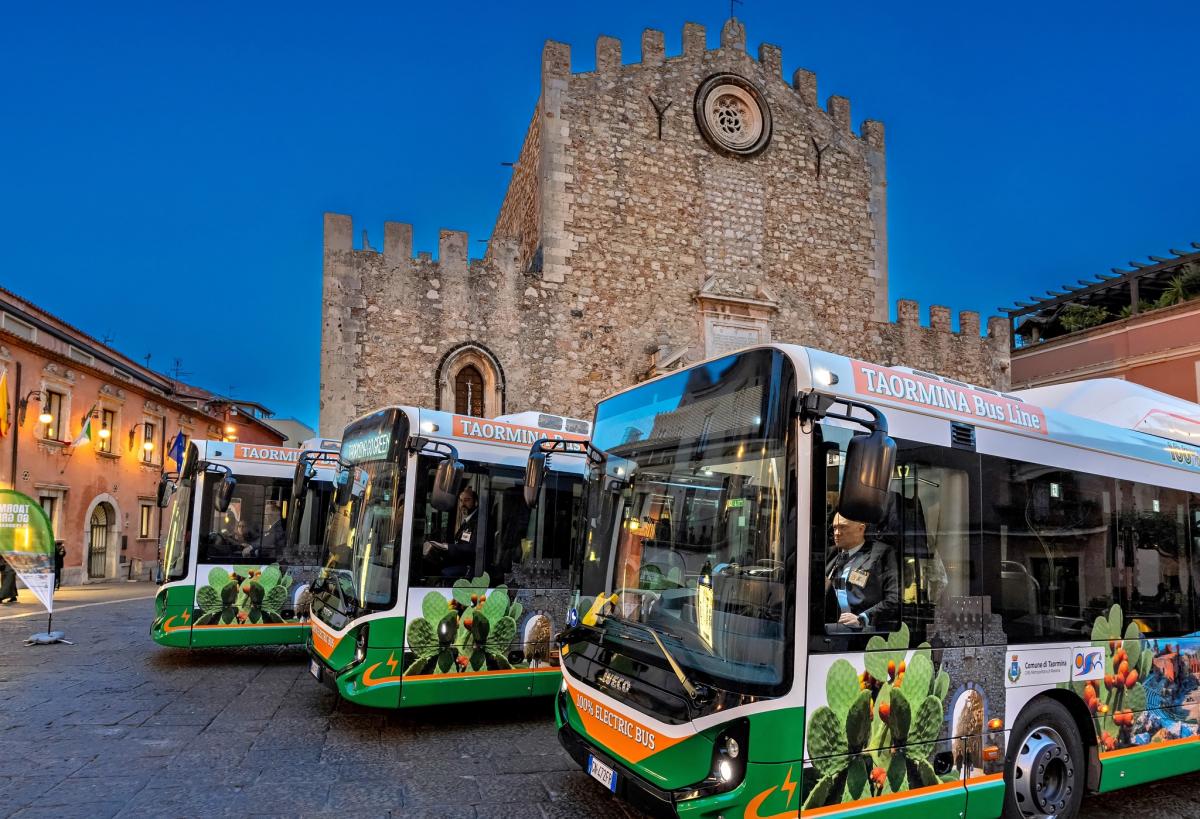 Starobylá Taormína uvádí do provozu E-Way od Iveco Bus
Starobylá Taormína uvádí do provozu E-Way od Iveco Bus
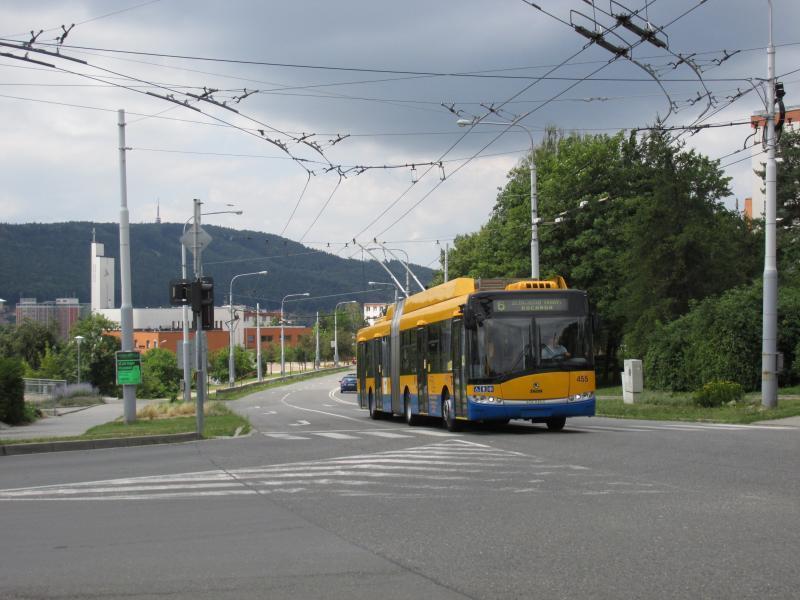 Dopravní společnost Zlín-Otrokovice znovu soutěží…
Dopravní společnost Zlín-Otrokovice znovu soutěží…
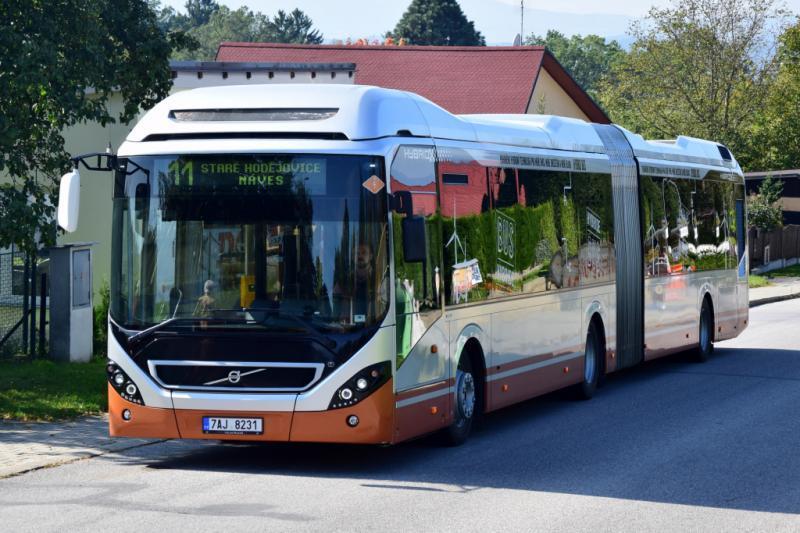 Mild-hybridní článkové autobusy pro České Budějovice
Mild-hybridní článkové autobusy pro České Budějovice






